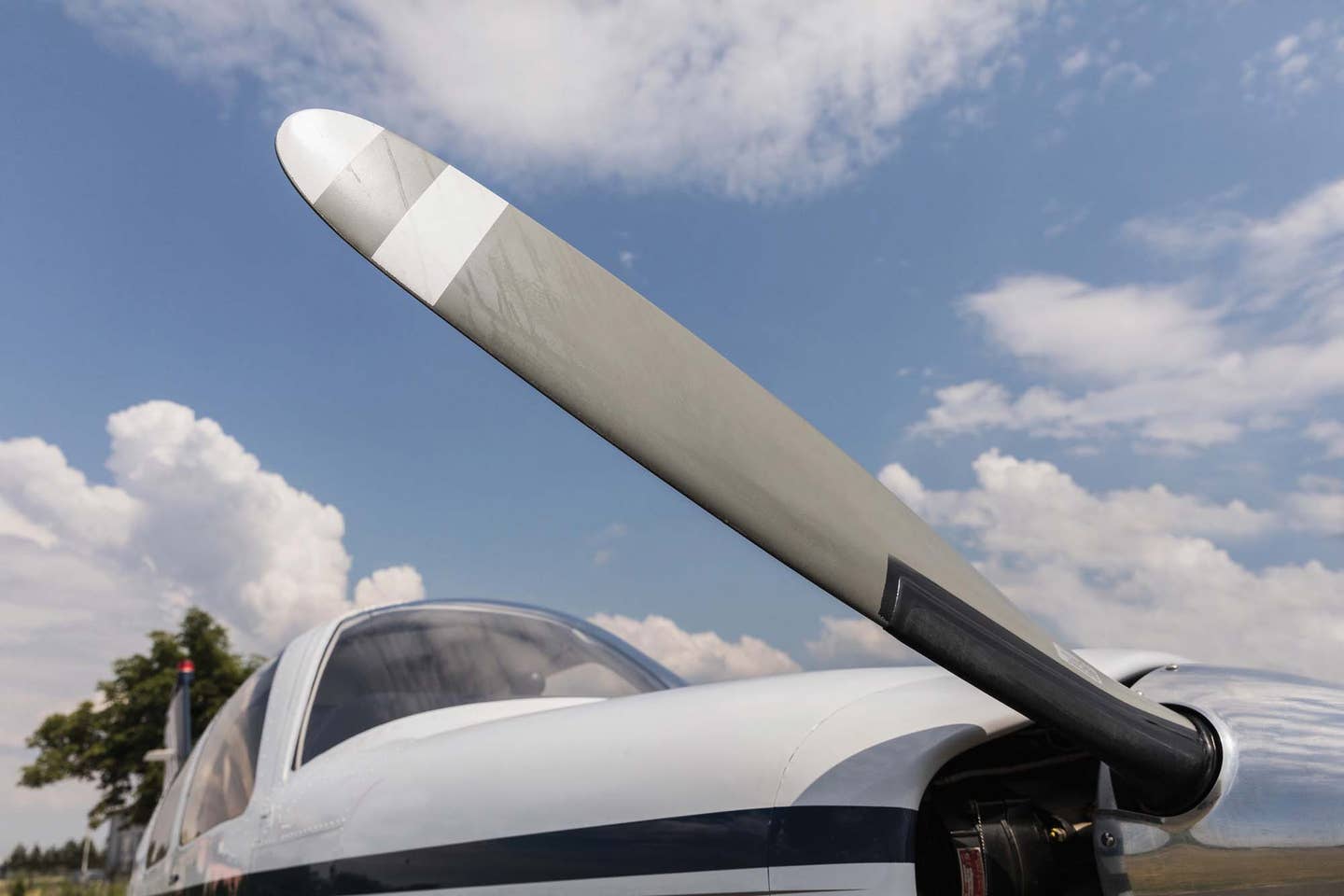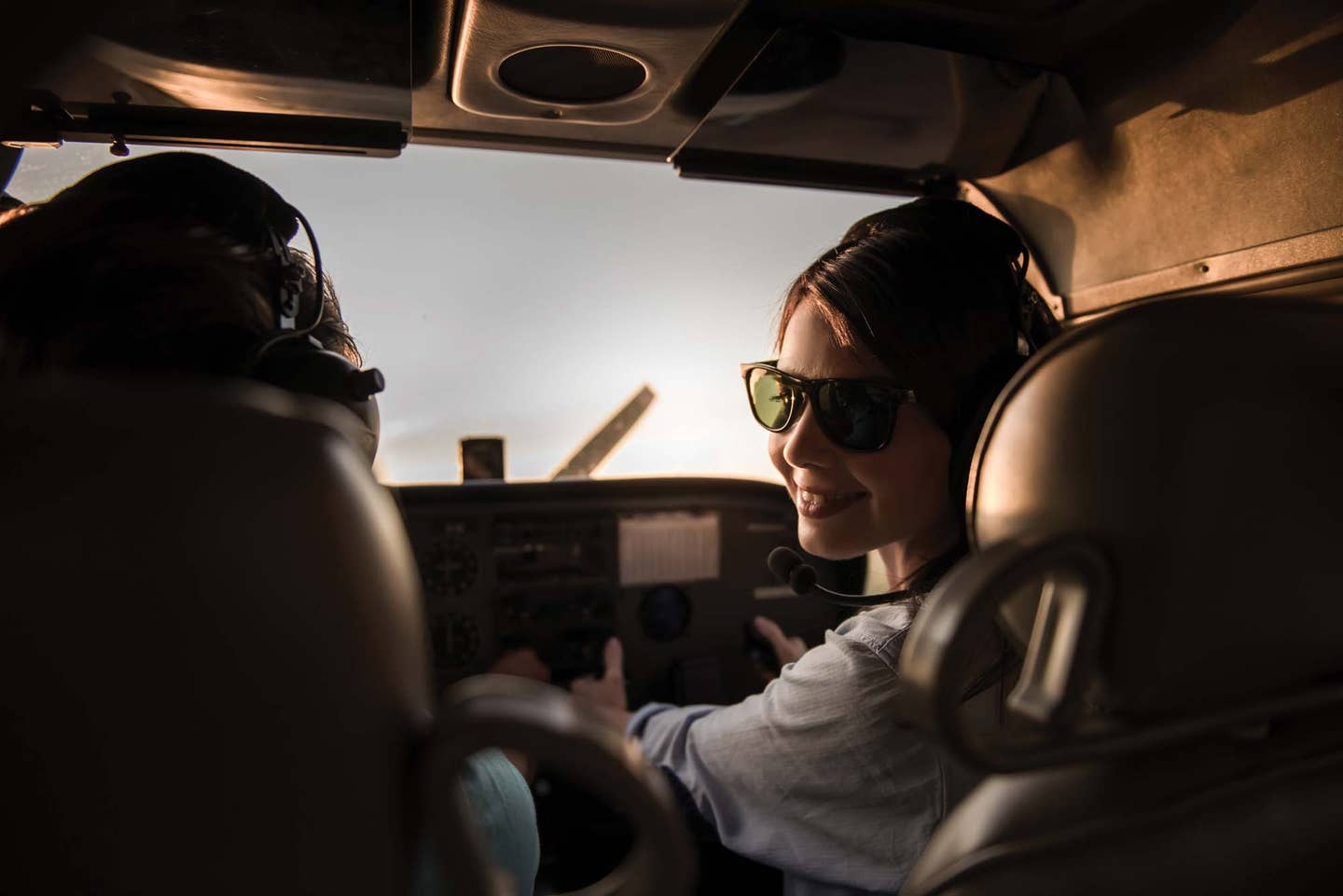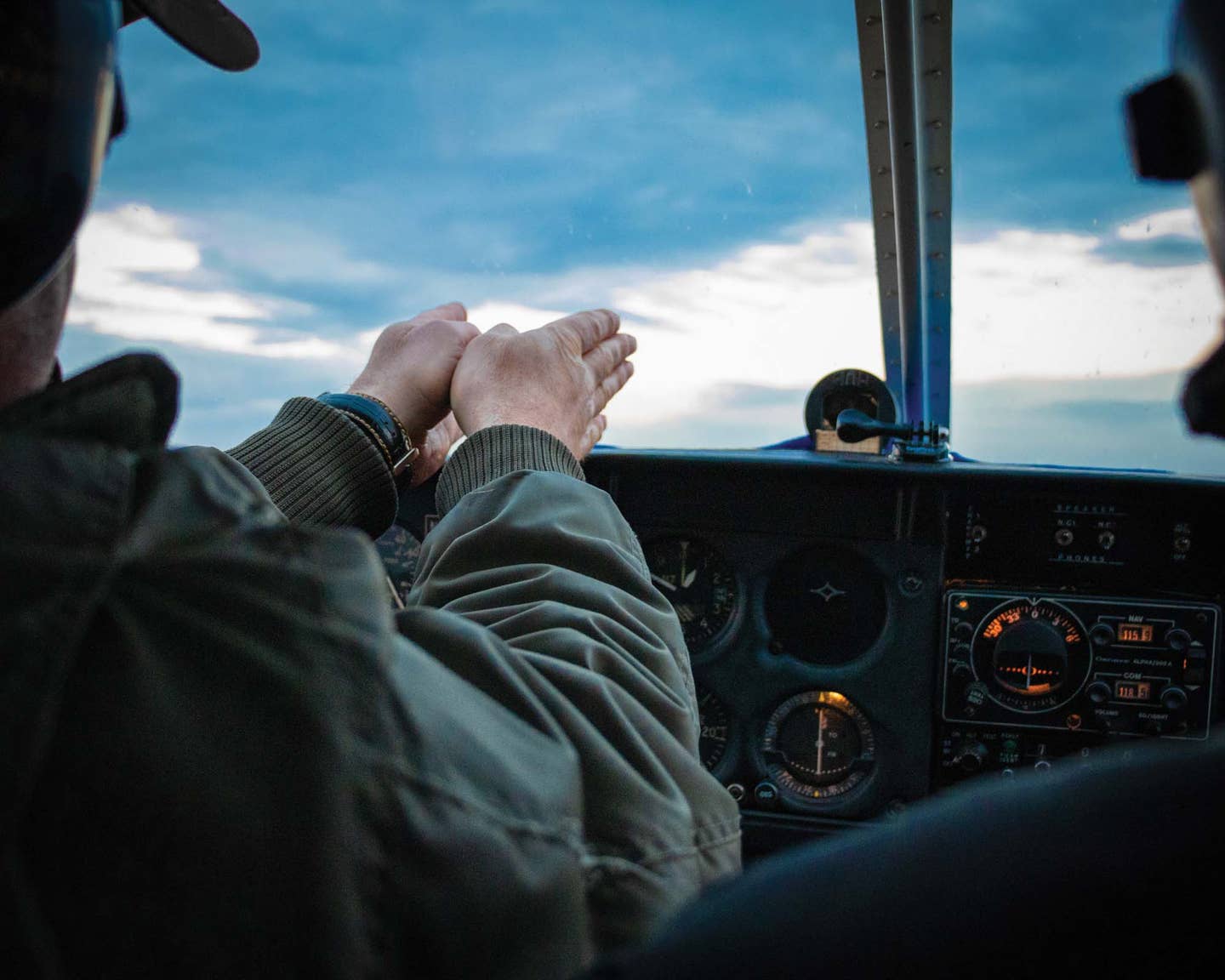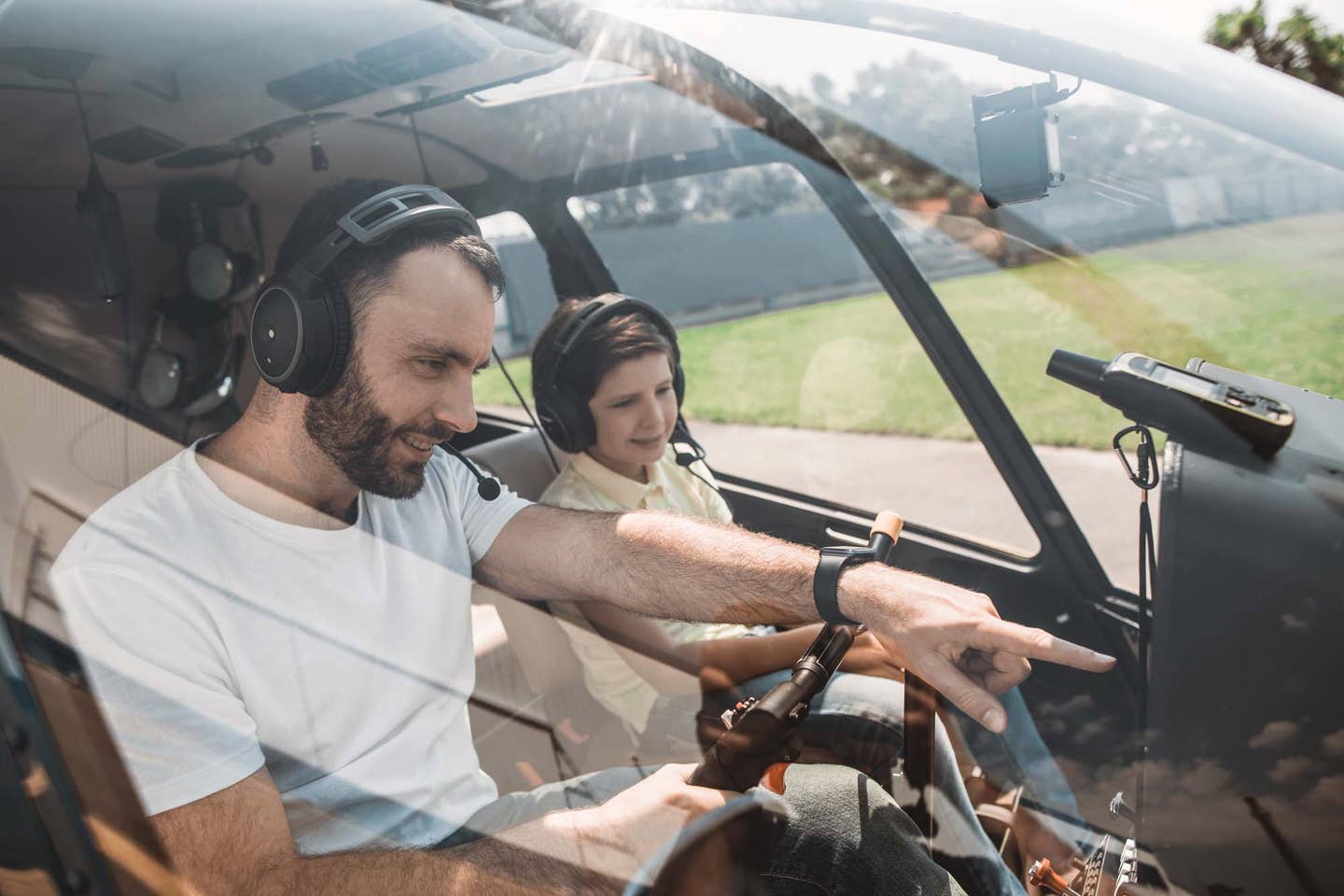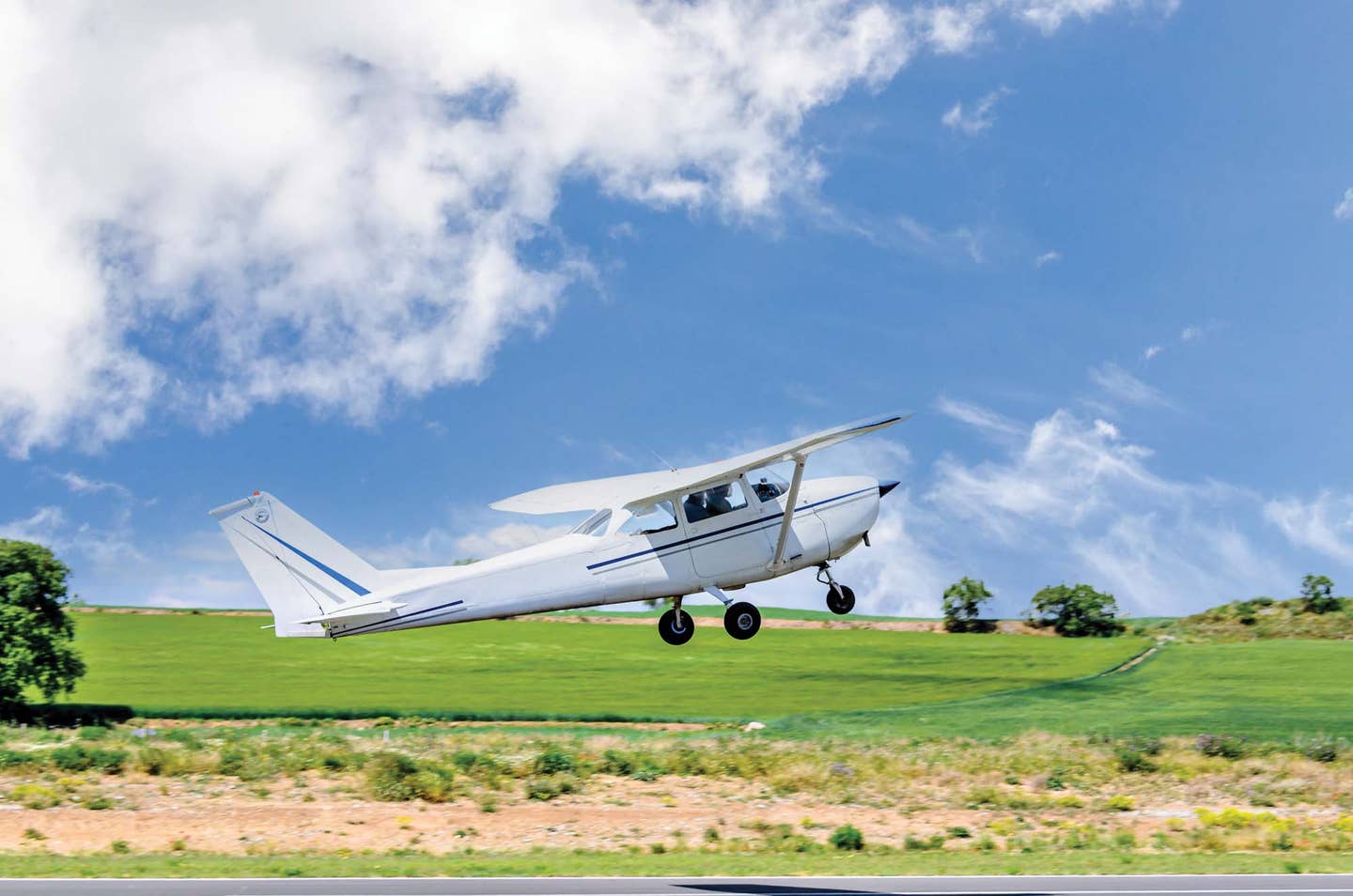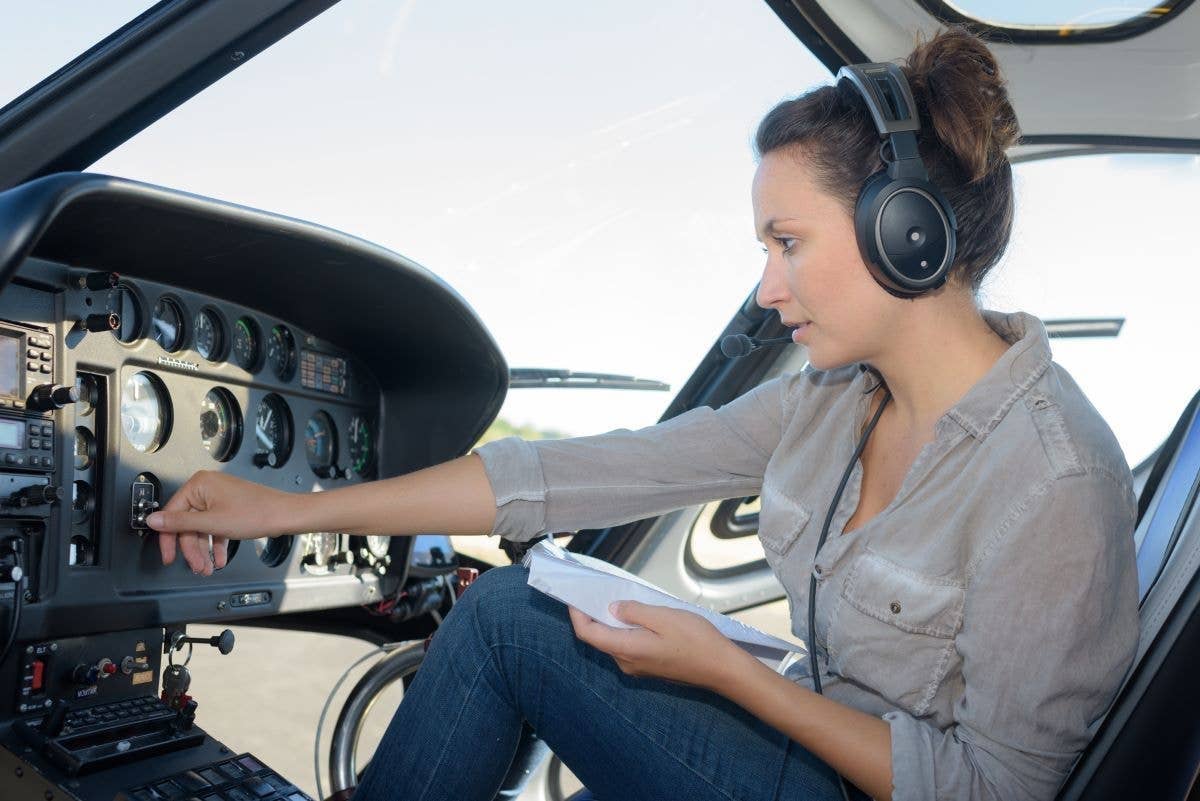Off Airport Landings Are Risky Business
A word of caution on these rough field operations.
There is a certain fascination with landing an airplane in a non-airport location. Most of us have seen an appealing pasture or clearing while flying along at low altitude and thought to ourselves, "That looks plenty long enough to land." Suitable length aside, it might not be as good an idea as you first think.
The notion of landing "off airport" goes back to the early barnstorming days, eventually evolving as "bush flying" in undeveloped parts of the world. Those who indulged in such activities were well aware of the risks, often banging up airplanes and needing to make emergency patch-up repairs to get the aircraft out again. As they learned, you just never know what hazards lurk under the grass or gravel.
The average modern airplane is very poorly suited to operating from unprepared surfaces. And the average hastily trained pilot has no business expanding their explorations beyond the pavement. Transitioning to rough field takeoffs and landings requires both the right equipment and a dedicated mindset, with skills to match.
The popularity of specially developed STOL (short takeoff and landing) airplanes has reinvigorated the notion of landing in out-of-the-way places. Big tires, heavy-duty landing gear and shocks, oversize props and flaps---all these modifications are designed to tempt us into exploring the backcountry.
Ascending Orders Of Risk
Designated airstrips are one thing; going randomly off-road is something else again. Those turf, grass or dirt fields denoted on the chart as "private, restricted" airports carry a bit of semi-official cache, in that they were once established for someone's use by an airplane.
That seeming stamp of approval signifies absolutely nothing, except a finding of non-interference (having your private airport shown on the chart is an option). It just means the FAA was notified of an intent to operate, with basic location, elevation and length furnished by the owner. If you see such a circle on the chart, view it with great suspicion.
Maintenance of private-use airstrips may be minimal or non-existent. I know of many such places whose creator has long-since passed away, yet they continue to be memorialized in magenta ink, overgrown and ditch-riven. Any permission granted should be followed up with a ground visit and a thorough walk-over, unless you have trusted assurance that the airstrip is in regular use and cared for. The FAA is currently working to remove private-use airports from the charts that have not had updated information furnished for several years.
Further down on the list of possibilities are landing spots that see some use but have never been formally established. Such "outlaw" airstrips are known only to the local cognoscenti, unmarked by either chart symbol or physical boundaries. Their only distinction from a cow pasture is an occasional light mowing or brush cutting. Expect things like doglegs in the runway length, narrow, ill-defined tracks and last-minute obstructions to be avoided.
And, finally, there's true off-road operation, boldly going where no man has gone before!This sort of risk-taking is eschewed even by careful helicopter operators, who normally will not land unless a ground team has surveyed the area. One may as well consider a boondocks landing an emergency situation because it can easily turn into one. As inviting as a ridgetop or meadow seems, rocky outcroppings or gopher diggings can snag a gear leg, rendering you immobile or worse.
Why It Won't Work
Airplanes are built with the lightest construction that will withstand the loads anticipated in normal use, as well as to meet certification standards. Extra structure snowballs into heavier weight, which demands more supporting structure, which creates even more weight. Compromises between robustness and lightness are the price we pay for being able to leave the Earth at all.
Normal use in today's airplanes means operating from smooth paved runways. The pasture-hopping barnstormers were equipped with 3-foot-tall tires and biplane wings with a loading of perhaps 7 pounds per square foot. Landing and takeoff speeds were about 40 mph---that's miles per hour, not knots. And they still had occasional mishaps when they encountered errant chuckholes. Our airplanes have half the tire and wheel size and twice the wing loading. We can't do what they did.
By FAA certification rules, single-engine airplanes are, with few exceptions, required to stall in landing configuration at no more than 61 knots, a limit that manufacturers are often eager to exploit in order to raise cruising speed and boost gross weight. Why 61 knots? It's because earlier versions of the regulations specified a 70 mph maximum stall speed; you can do the math. In any event, landing off airport at 70 mph is risking serious damage.
To operate from unprepared surfaces, we really would like the landing-configuration stall speed to be less than 50 knots, sparing the landing gear and supporting structure from the beating imposed by higher speeds. Takeoff speed will likely be higher than landing speed, given the wing's less-capable coefficient of lift and usually a heavier fuel weight, so our spindly landing gear will be taking even more abuse during takeoff than in the landing. Do not confuse indicated airspeed at high angles of attack with actual calibrated stall speed numbers in the POH. The 35 knots you see during a stall are probably 50 knots or more.
Risky Business
A few grass strip operations per year probably won't show up in your maintenance bills, but if you make a habit of it, it'll eventually take a toll. My recommendation is that only fixed-gear two- and four-seat airplanes with slow stall speeds should be operated on the average unpaved airstrip. Tricycle or tailwheel gear matters very little. I know some warbirds, jets and turboprops have been operated on well-maintained turf, but these are carefully considered, once-in-a-while exceptions.
All too often, eager off-road pilots take a pickup truck down a prospective airstrip at 35 mph and pronounce it suitable, ignoring the difference in tire size and suspension compared to the airplane they'll be using. One of my first learning experiences with an outback landing was when a friend of mine, whose family kept a Piper J-3 Cub at a pasture behind their house, asked me to follow him home in another Cub, picking him up so he could retrieve his car at our airport.
I watched him land and dutifully followed in his exact tracks. My smooth approach and touchdown were followed by extreme bouncing and banging as the Cub slowed to a crawl amidst the unmanicured clumps of fescue sod, wingtips dipping and tail feathers jouncing as I made my way to his hangar. I learned that looks are deceiving when it comes to off-airport operation.
Over the years, I've had to make landings and takeoffs in unanticipated wheat fields and pastures, not by choice but because of powerplant failures. All were successful but definitely not something to be repeated due to the beating the airframe took. I knew, after each one, that I had just been lucky.
If You Really Have To!
One can, of course, vastly improve one's luck by learning and practice. If viewing the prospective non-airport landing site from the air, look it over from traffic pattern altitude, roughly 800 feet above the ground, judging its length, surface condition and obstructions, making a pass in the landing direction while looking down at a 45-degree angle. Ascertain the wind direction from natural clues like waving grass or branches, or smoke rising from fires. You can also read the wind on ponds or lakes by noting the calm water surface along the upwind side of the lake, which is sheltered from the wind.
Then, make a low pass at a safe altitude, about 200 to 300 feet AGL, so you can better see any ditches, wet spots, boulders and tall vegetation (taking into account nearby terrain, of course). The slope of the terrain will be easier to ascertain on this "low recon" pass. Select a touchdown spot and rollout path for your landing. Maintain a good, safe airspeed above stalling speed, but fly slow enough to have time to observe. Go around from the low pass with climb power and return to a normal traffic pattern altitude for your landing approach.
Set up the landing with normal procedures but prepare for a full-flap precision approach. I add at least half flaps on the base leg and wait to extend full flaps until I'm wings-level on final approach. Maintain the recommended short-field approach speed, 1.3 times Vso, using a stabilized approach wherein speed, flap setting, power and glidepath are unchanging for the last few hundred feet of the descent. Be prepared to go around if something doesn't look right as you near the ground.
Your chosen touchdown spot should be just beyond the "motionless spot" in your field of view as you make the approach, the point the airplane is traveling toward that doesn't move but grows bigger and bigger as you near it. Objects beyond this spot will continue rising in your windshield, and those nearer than the spot will begin to disappear under the nose. Your goal is to reach that aiming point, flare out of the glide and float to your touchdown spot while dissipating all of your airplane's excess speed in level flight, just above the surface.
Touchdown must be made at or very near a full stall, removing as much kinetic energy from the aircraft as you can. You should have been practicing this "rough field landing" on pavement in anticipation of this day. Many ill-trained pilots are content to allow their planes to land 10 knots above the minimum possible speed, concerned that they will somehow "lose control and stall" if they bring the yoke further back. They are thereby carrying excess energy into the touchdown, forced to dissipate it by braking or with a lengthened rollout.
Do not concern yourself about stalling when you're only 12 inches off the ground. Rather, be concerned about the failure of a landing gear leg on rough ground because you didn't remove all possible kinetic energy from the airplane. Hold the stick full back and ride through the bumps, braking as soon as the wheels are in firm contact, and hope that everything holds together until you stop.
If you should hit an unseen object or spin out of control from a crumpled gear, your chances of avoiding injury are much better if you've reduced speed to the minimum. Tighten belts and harness before touchdown and stow loose objects that you don't want flailing about. When the aircraft slows to walking speed, pick a nice, open place to shut down on firm ground, giving thanks for good fortune. It would be a good idea to check for ELT activation after all the multi-axis accelerations the airplane has gone through.
Getting Out Again
Having accomplished the rough-field landing without damage to the plane or persons, you need to plan the departure. Confirm that the space available is more than adequate for takeoff and choose an abort point along the takeoff lane in case acceleration is lagging. Vegetation will lengthen the takeoff run, as will soft ground. Walk every foot of your ersatz airport, watching for hazards; tie strips of cloth onto twigs to mark places you particularly want to avoid. Plan your after-liftoff routing to minimize altitude needed to clear obstructions ahead, which you won't be able to see in your nose-high extreme climb attitude.
Begin your takeoff run at the most advantageous position, considering slope and wind conditions, deploying the most effective amount of flaps that will generate lift without adding excessive drag. Bring your seat farther forward than usual, so you can see over or around the nose during a rough-field takeoff. If the plane is nosewheel equipped, hold the yoke back as soon as you have applied full power, getting the nosegear up out of the vegetation drag as soon as possible. If you're sporting a tailwheel, raise it out of the weeds as quickly as possible but keep it low to maximize the wing's lift and break ground at the slowest speed.
Expect the airplane to bounce into the air and settle back a time or two as you achieve flying speed. This is no time to look at the airspeed indicator; you need to concentrate on staying in the takeoff lane and considering the rate of acceleration. Abort if you haven't achieved 70% of liftoff speed by halfway down the "runway." In tall grass, I've sometimes had to make multiple runs to pack down the thick vegetation before I could get the airplane into the air.
Once the bouncing stops and you feel the freedom of flight, get the airspeed up to the Vx applicable for the flap setting and climb over the clutching obstructions while staying away from the stall. Once you're safe, you can accelerate to Vy and milk up the flaps.
Rough field operations are not a risk to be assumed lightly. Rather, they are to be avoided in modern airplanes unless absolutely necessary, and even then, they are to be regarded as a self-imposed emergency. Practice for them but plan to spare the airplane from their abuse.
Here are more great Pilot Training articles from LeRoy Cook:
Your Guide To Staying Alive While Flying Low
How To Use Your Plane's Brakes
Thinking About Flying Emergencies Before They Happen

Subscribe to Our Newsletter
Get the latest Plane & Pilot Magazine stories delivered directly to your inbox

